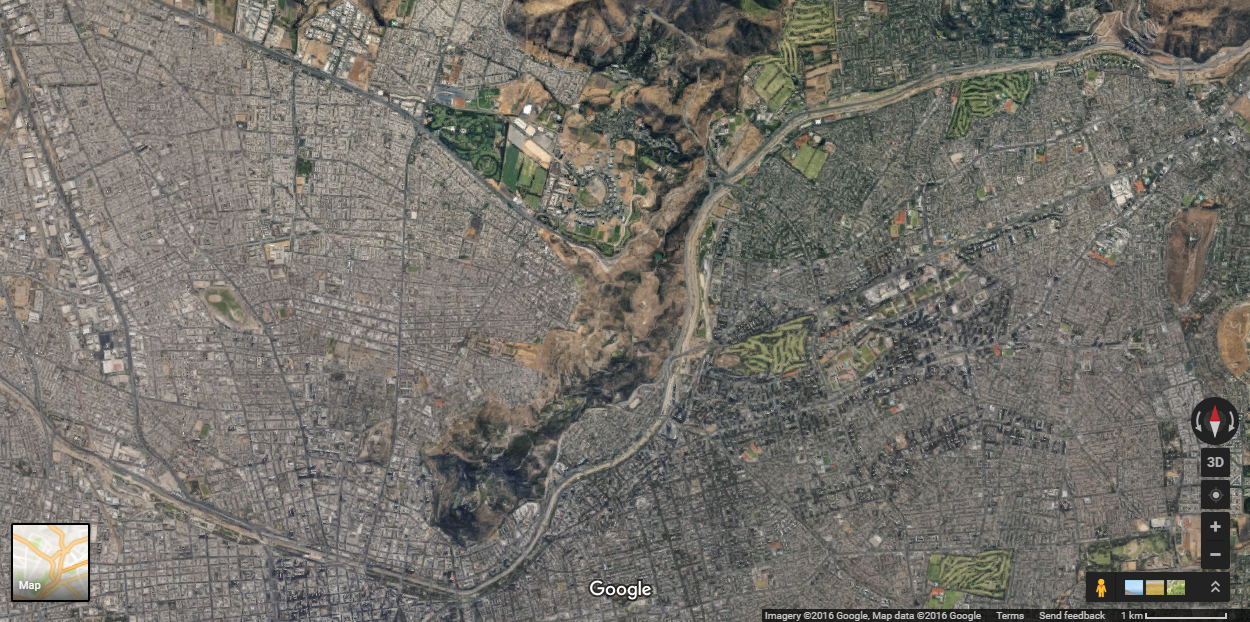
Uploaded on 2016-08-11 by María Piedad Aguirre
2. Which are the main UHI effects that you can identify in your area? In Santiago heat islands are concentrated in different parts of the city, at different times. In the summer mornings a "heat island 'can have between 3 and 5 degrees warmer than the rest of the city. At noon that difference can be 10 degrees while at night the contrast is between 5 and 6 degrees. At 9:00 pm, they are located in the south-central part of the city with temperatures ranging between 22 and 23 degrees. The difference is marked in the north-east area, which recorded temperatures of 18 degrees on average. - At 16 hours, the 'heat islands' are formed in the north-western sector, with temperatures reaching between 34 and 36 degrees. At the same time, north-east, between 25 and 26 degrees. - At 22 hours, the islands are concentrated in several areas of the city: the center-north, central-east with temperatures up to 22 degrees. The cooler temperatures are in the southeast sector, 18 degrees. There is a clear difference in temperatures between the west and east of Santiago. As shown on the map of the north of the city, the eastern area has more vegetation and parks so they absorb energy consuming heat, and lower the temperature. The west zone on the other hand is a more constructed with few green areas area; concrete, ceilings, walls of buildings and asphalt streets are materials that absorb a lot of heat during hours of direct sunlight, which it is retained by these bodies, and then re-emit it into the atmosphere. 3. Which are the measures you would propose? When construction is proposed and that will mean for the area an increase in temperature, you have to compensate the city with green areas. For example, with gardens in those blocks of buildings or 'green roofs' or 'green walls'. Also paint the walls and ceilings with light colors to increase reflection and decrease absorption. 4. Is UHI effect concerning policy making in your area? In Chile there are no specific policies to reduce the UHI effect. As the green areas, in 10 years there was an increase of 20% from 3.76 m2 per capita in 2002 to 4.5 m2 in 2012. Also in 2014 a total of 167 hectares of green areas joined the current 2,400 that exist in Santiago.